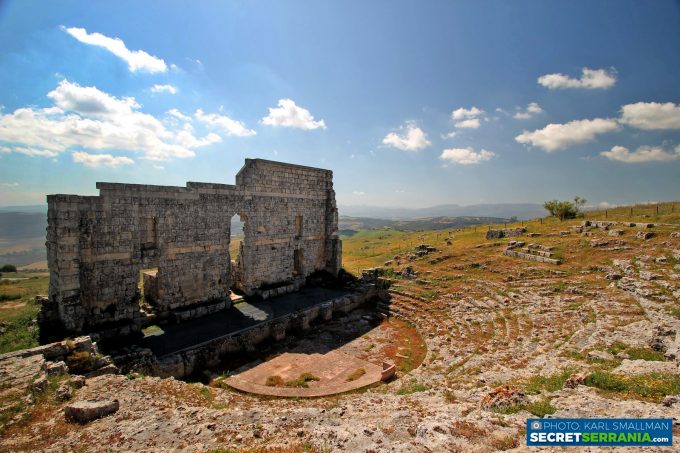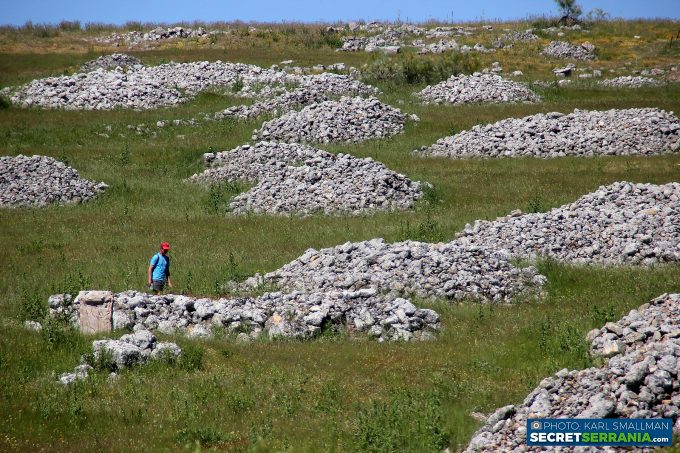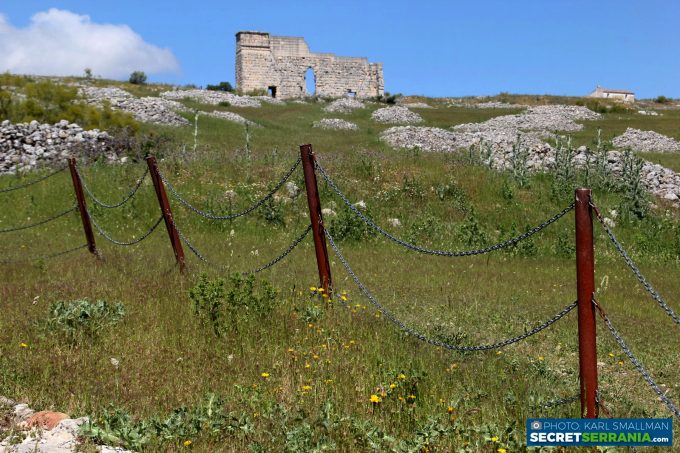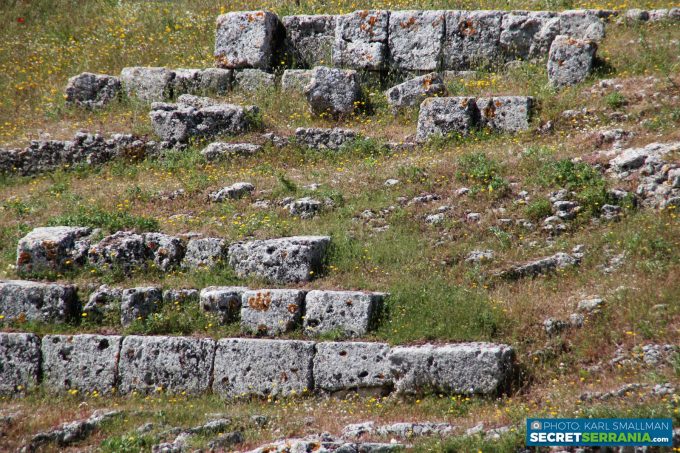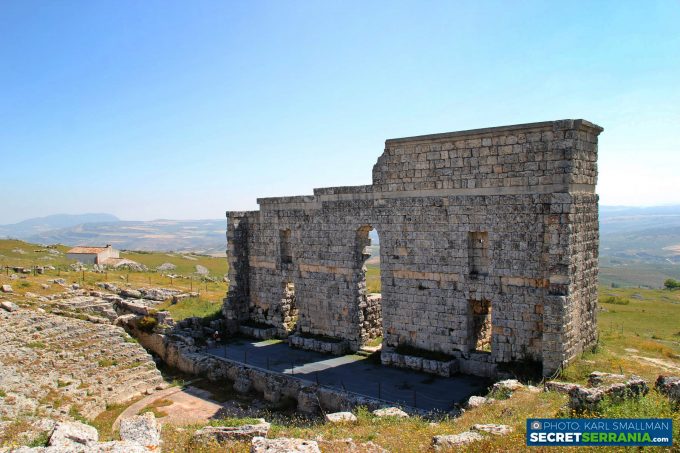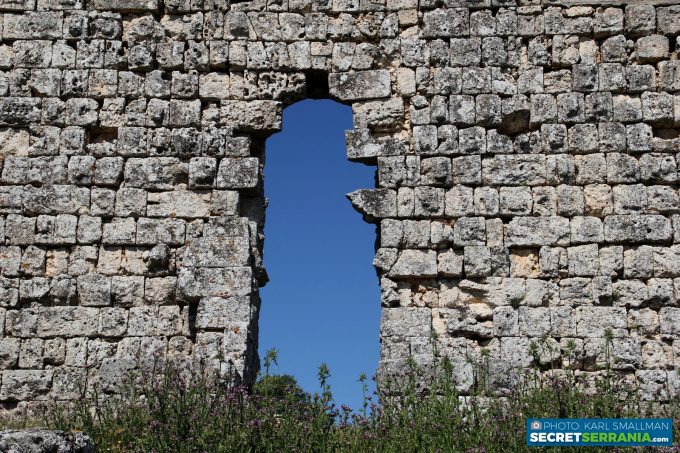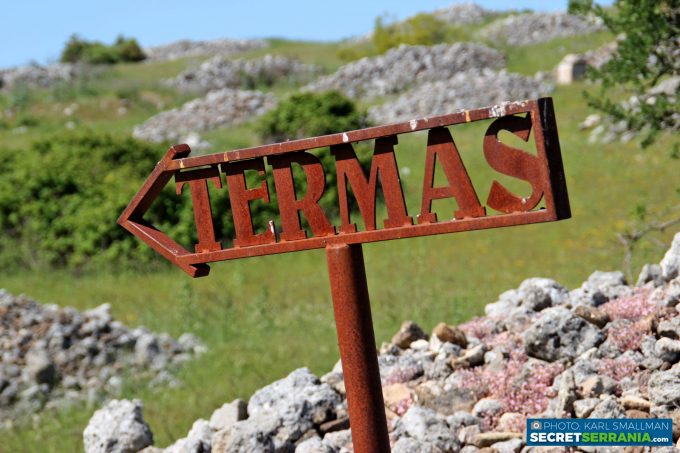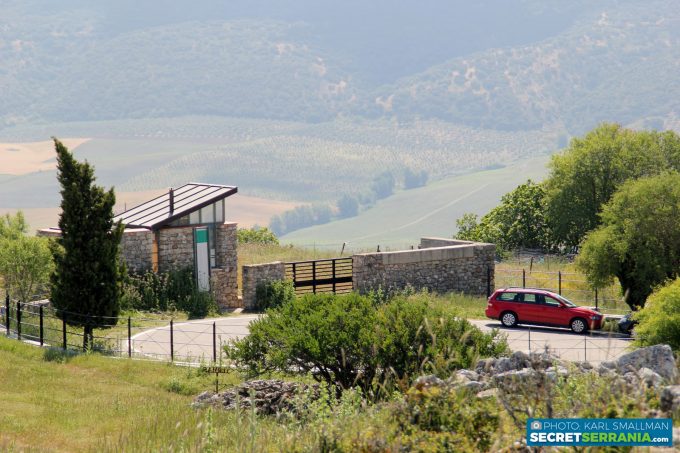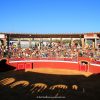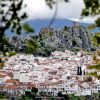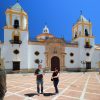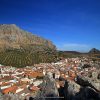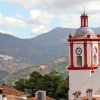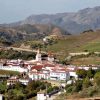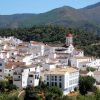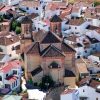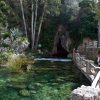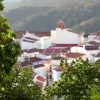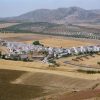Acinipo was a city created for retired soldiers from the Roman legions more than 2,000 years ago.
Situated about 15 kilometres from Ronda the Acinipo ruins include a Roman theatre still in use today.
Acinipo is known locally as Ronda la Vieja, Arunda or Old Ronda, though it has a separate origin and history from Ronda.
Walk up the hill in the direction of the large monument past numerous large piles of stones marking the location of houses. The piles of stones were made by farmers over the ages to recover arable or grazing land area. There is a little evidence of excavation in this area named “Domus”.
Reaching the top of the escarpment behind the large monument, the visitor is suddenly rewarded with the sight of the 62 metre diameter Roman theatre, large enough to seat 2,000 people.
The ruins of this 32 hectare city are located at 1.000m above sea level. This was an urban area that thrived in the first century AD when it had a population of 5.000. The city even minted its own money, which featured bunches of grapes.
Some historians assert that Acinipo was created after the battle of Munda (45 BC), fought between the armies of Julius Caesar and the army of Pompey’s two sons, Gnaeus and Sextus. To Caesar, Munda was supposed to be a mop-up action after Pompey’s main forces were defeated in Greece. But Munda was no mop-up exercise. Tens of thousands of Romans were killed on both sides; there was no decisive victory for Caesar’s armies; and one of Pompey’s sons, Sextus, fled to fight another day as a famous rebel pirate against Caesar’s successor, Augustus.
Some Spanish historians state that Munda is the Roman name for Ronda, where the battle of Munda may have been fought. According to Pliny, the battle of Munda was fought in Osuna, about 50 km north of Ronda in the province of Seville. But there is general agreement that Acinipo was created for retired veterans of Caesar’s legions, while Arunda (Ronda) would be a separate Roman outpost, perhaps created before the Munda conflict.
Acinipo fell in 429 AD.

